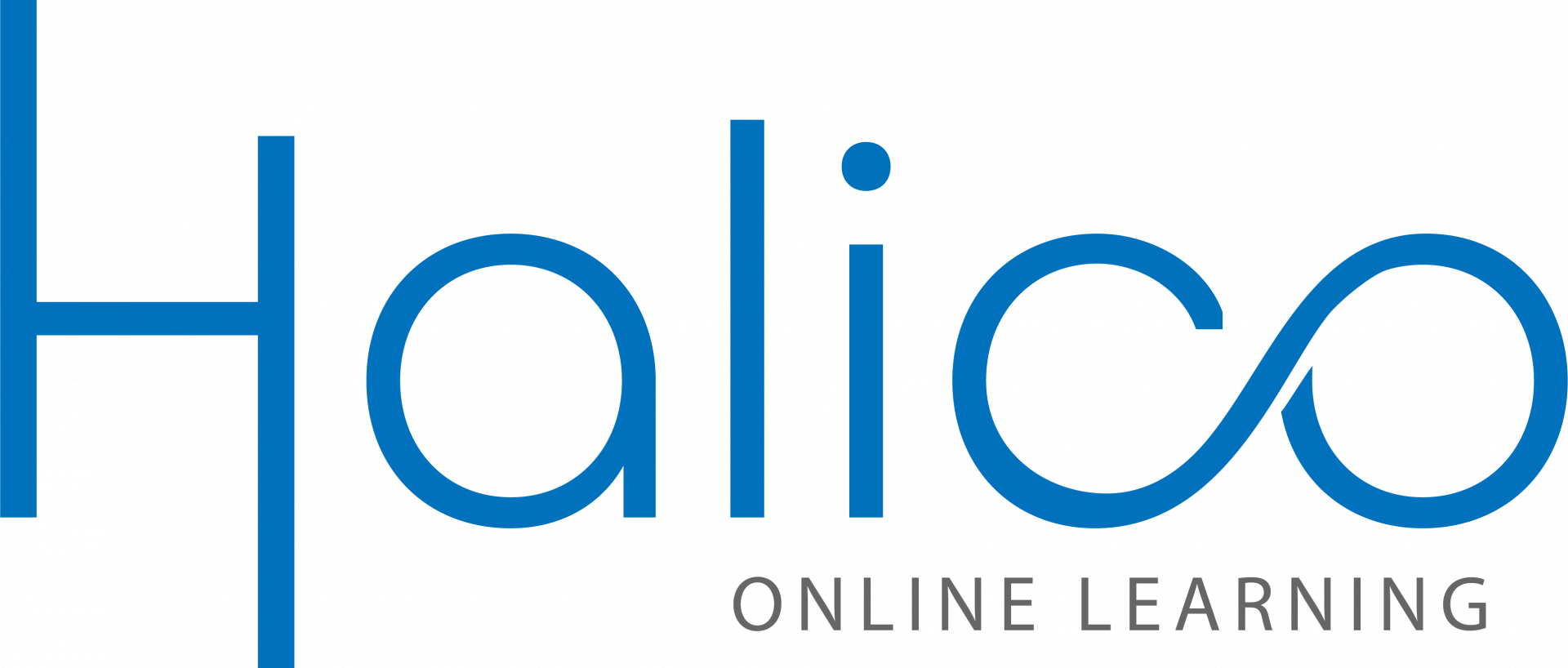Visual aids and gestures are powerful tools that teachers can use to help students understand complex concepts. Visual aids can help to make abstract ideas more concrete and memorable, while gestures can help to emphasize key points and enhance communication. Using visuals and gestures is an effective way to engage students, improve comprehension, and promote retention.
Here are some ways that teachers can use visuals and gestures to help explain concepts:
1. Visual aids: Visual aids, such as diagrams, graphs, charts, and images, can help students understand complex ideas and concepts. Teachers can use visual aids to illustrate key points, show relationships between concepts, or simplify abstract ideas. For example, teachers can use a flowchart to explain a process or a diagram to illustrate a concept.
2. Videos: Videos are a great way to present information in a visual and engaging way. Teachers can use videos to show real-life examples, illustrate concepts, or provide visual feedback. For example, teachers can use a video to demonstrate an experiment or show a historical event.
3. Gestures: Gestures are nonverbal cues that can enhance communication and emphasize key points. Teachers can use gestures to help students remember important information, create associations between concepts, or add emphasis to their speech. For example, teachers can use hand gestures to indicate the size or shape of an object or to emphasize an important point.
4. Infographics: Infographics are visual representations of complex information that can help students understand and retain information. Teachers can use infographics to present data, explain concepts, or provide visual feedback. For example, teachers can use an infographic to explain a historical event or to illustrate a scientific process.
5. Mind maps: Mind maps are visual representations of ideas that can help students organize and connect information. Teachers can use mind maps to help students understand the relationships between concepts or to create associations between different ideas. For example, teachers can use a mind map to explain the connections between different historical events or to illustrate the relationships between different scientific concepts.
In conclusion, using visuals and gestures is an effective way to help students understand complex concepts. By using visual aids, videos, gestures, infographics, and mind maps, teachers can engage students, improve comprehension, and promote retention. These strategies can help students become more confident learners, and enable them to develop a deeper understanding of the subject matter.
Here are some ways that teachers can use visuals and gestures to help explain concepts:
1. Visual aids: Visual aids, such as diagrams, graphs, charts, and images, can help students understand complex ideas and concepts. Teachers can use visual aids to illustrate key points, show relationships between concepts, or simplify abstract ideas. For example, teachers can use a flowchart to explain a process or a diagram to illustrate a concept.
2. Videos: Videos are a great way to present information in a visual and engaging way. Teachers can use videos to show real-life examples, illustrate concepts, or provide visual feedback. For example, teachers can use a video to demonstrate an experiment or show a historical event.
3. Gestures: Gestures are nonverbal cues that can enhance communication and emphasize key points. Teachers can use gestures to help students remember important information, create associations between concepts, or add emphasis to their speech. For example, teachers can use hand gestures to indicate the size or shape of an object or to emphasize an important point.
4. Infographics: Infographics are visual representations of complex information that can help students understand and retain information. Teachers can use infographics to present data, explain concepts, or provide visual feedback. For example, teachers can use an infographic to explain a historical event or to illustrate a scientific process.
5. Mind maps: Mind maps are visual representations of ideas that can help students organize and connect information. Teachers can use mind maps to help students understand the relationships between concepts or to create associations between different ideas. For example, teachers can use a mind map to explain the connections between different historical events or to illustrate the relationships between different scientific concepts.
In conclusion, using visuals and gestures is an effective way to help students understand complex concepts. By using visual aids, videos, gestures, infographics, and mind maps, teachers can engage students, improve comprehension, and promote retention. These strategies can help students become more confident learners, and enable them to develop a deeper understanding of the subject matter.
